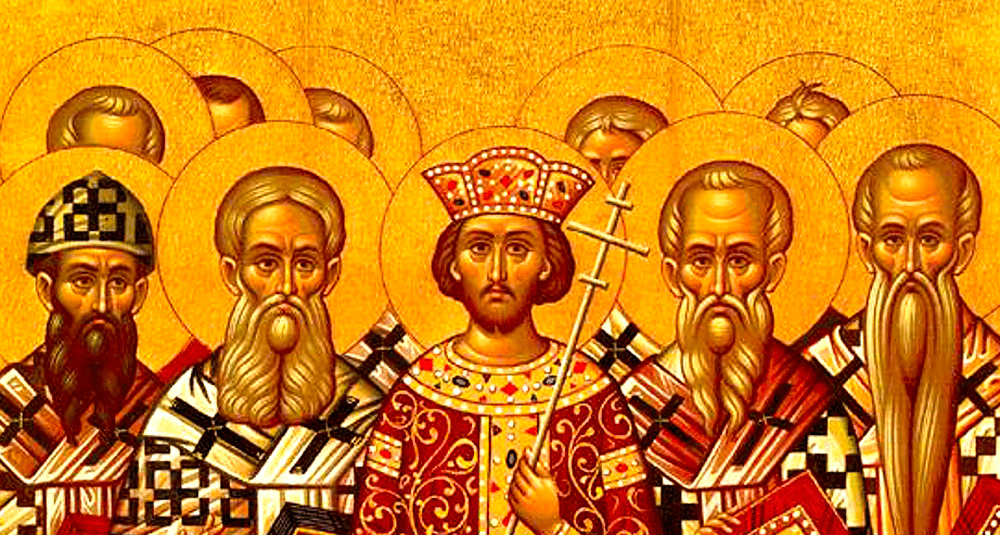When did the separation of the Churches of East and West take place?
Last Updated:
The Schism of 1054, also known as the Great Eastern Schism, refers to the official break between the Church of the East (Orthodox) and the Church of the West (Catholic). This major separation of Christianity took place in 1054, symbolizing the end of a long period of theological, cultural and political tensions between Rome and Constantinople.
Although the rupture was neither instantaneous nor absolute at the time, this date remains a historic turning point, as it consecrates the failure of attempts at reconciliation between the two major branches of Christianity, which would subsequently develop separately.
The schism of 1054 did not occur suddenly, but was the result of centuries of divergence. Several factors contributed to this gradual rupture:
- Linguistic and cultural differences: the Western Empire spoke mainly Latin, while the Eastern Empire used Greek. These linguistic differences led to theological and doctrinal misunderstandings;
- Patriarchal rivalry: the Patriarch of Constantinople wanted a position equivalent to that of the Bishop of Rome (the Pope), while the Pope claimed universal primacy;
- Theological disagreements, notably on the filioque: the Western Church added to the Nicene Creed the mention that the Holy Spirit proceeds from the Father and the Son, which the Eastern Church rejected as an unauthorized modification of the sacred text;
- Liturgical practices: differences over the use of leavened and unleavened bread in the Eucharist, priestly celibacy, fasting and other elements of worship.
Despite occasional attempts at dialogue, these tensions, which had long been contained, became more acute over the centuries.
In 1054, Pope Leo IX sent a delegation to Constantinople, led by Cardinal Humbert de Moyenmoutier, for talks with Patriarch Michael Cerularus. Both sides quickly adopted uncompromising positions.
On July 16, 1054, Cardinal Humbert deposited a bull of excommunication on the altar of the Basilica of Saint Sophia, targeting Michel Cerularius and his supporters. In response, the Patriarch in turn excommunicated the Pope’s envoys.
These mutual excommunications were symbolic: they marked an official break between the two Churches, although they concerned only individuals and not the Church as a whole. Nevertheless, this event embodies the point of no return and becomes the historical landmark of the schism.
After the schism, the Eastern and Western Churches evolved separately:
- The Church of the West became the Roman Catholic Church, centralized around the Pope and affirming papal primacy;
- The Church of the East became the Orthodox Church, organized into autocephalous (independent) Churches united by a common faith but without a single central authority.
The two branches maintained this separation for centuries, although attempts at reconciliation were made, notably at the Council of Lyon (1274) and the Council of Florence (1439), without lasting success.
The schism of 1054 left deep scars on the Christian world. The Catholic Church and the Orthodox Church still share many theological and liturgical foundations, but remain institutionally separate.
Gestures of reconciliation were made in the 20th century, notably in 1965, when Pope Paul VI and Patriarch Athenagoras I mutually lifted the excommunications of 1054, in a highly symbolic act.
The separation of the Eastern and Western Churches took place in 1054, the year of the Schism of 1054. This conflict, born of theological and political tensions built up over several centuries, gave rise to two great Christian traditions: the Roman Catholic Church and the Orthodox Church. This schism continues to shape the structure of contemporary Christianity.
history

When did the separation of the Churches of East and West take place?
Answer
The schism of 1054, also known as the Great Schism, marked the definitive separation between the Eastern Church (Orthodox) and the Western Church (Catholic).